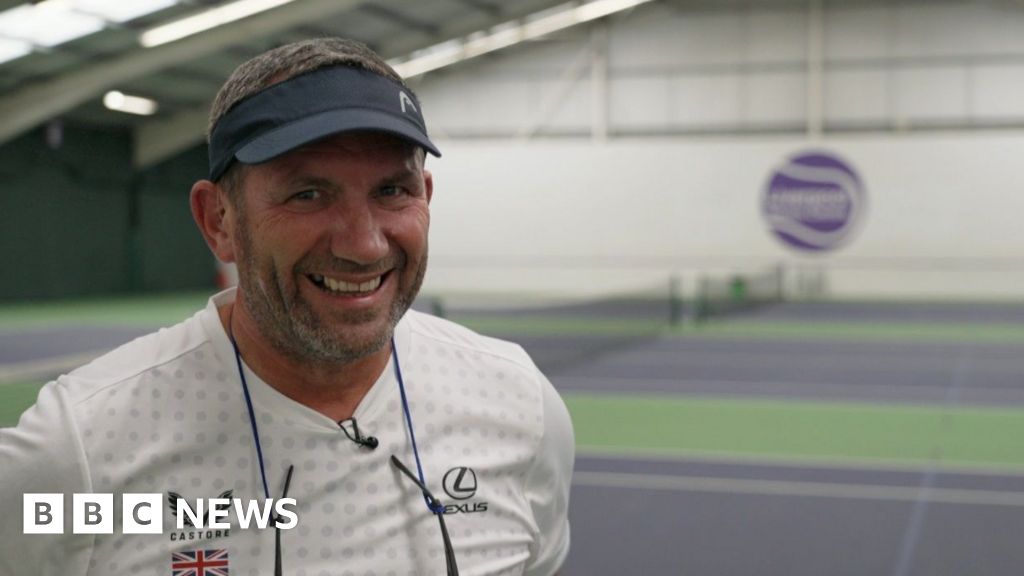Navratilova’s first match on grass launched a reign no one has matched

Martina Navratilova’s first steps on grass were hardly glamorous, but they set the stage for a career that would redefine what dominance at Wimbledon could look like.She was 16 years old, a rising tennis phenom, looking forward to her first match on grass the week before Wimbledon.Czechoslovakia’s Martina Navratilova and her doubles partner, Renata Tomanova, sent in their 1973 Queen’s Club entry forms from Rome, site of the Italian Open.“When we arrived in London, our names were not in draw,” Navratilova said. “We didn’t know it then, but the Italian Postal Service went on strike so our forms got there too late.”A Czech expatriate named Milos Vainer stepped in, offering them lodging at his house in nearby Wargrave, a small village on the River Thames and access to the grass courts at the local tennis club. Navratilova, Tomanova and countryman Jan Kodes -- who would win the titles at Wimbledon and the US Open that year -- began to develop a feel for the low bounces on the curious, slippery surface.Getty ImagesA week later, Navratilova played her first career match at the All England Club, the beginning of a cozy relationship that would not be equaled in women’s professional tennis. Navratilova won more titles (nine) and matches (120) at Wimbledon than any player in the Open Era.“It’s crazy that I wanted to win Wimbledon -- and I did it the first time in ’78,” Navratilova said recently from her Miami home. “And then I did it eight more times. But next to Rafa’s 14 [titles] at Roland Garros -- it’s nothing.”Actually, those nine titles are the most for any woman at a single Grand Slam in the Open Era.“My game was perfect for grass,” Navratilova said. “I just didn’t know that it was perfect until I started playing on it.”A surreal streakThe overriding memory of that first match?“I remember,” Navratilova said, “how much my dress was itching.”Back in those days, the Grand Slams provided designer clothes for its participants. At the French Open, it was Lacoste. Fred Perry was the outfitter of choice at Wimbledon.“I got a dress with a lot of lace, which was a mistake because the first time I wore it was in the match,” Navratilova said. “It was pretty tight and itched like crazy. It was the biggest audience I had ever played in front of, but I wasn’t nervous. At 16, you get excited.”Getty ImagesOut on sprawling Court 1, the teenager was a 6-1, 6-4 winner over Great Britain’s Christine Truman. She managed to prevail 8-6, 6-4 over Laura Dupont in the second round before falling to Patti Hogan in the third.“It was my first one,” she said, ticking off those names, “so I remember that.”Still a teenager, Navratilova reached the Wimbledon quarterfinals in 1975 and the semifinals a year later. Her athleticism, her aggressiveness and willingness to move forward at any opportunity, were huge assets on grass. In 1978, at the age of 21, she won her first title, then repeated the next year. After losing in the semifinals the next two years (to Chris Evert and Hana Mandlikova), Navratilova embarked on a surreal streak.From 1982-87, she won six straight titles. Navratilova was champion in 1983, 1984 and 1986 without dropping a set and, from 1982-88, won a staggering 47 consecutive matches at Wimbledon. That’s the longest streak in the Open Era for any player in any Grand Slam.“I just knew that I knew how to play on grass, that my game was better suited to it than anybody,” Navratilova said. “So if I just played up to my capability, no one was going to beat me. I was going to have to have a really bad day -- but I was too consistent for that. Even my bad days were pretty good.“The feeling is amazing. You’re saying, ‘I got this. I got this.’”An end … and a new beginningBut by 1990, German Steffi Graf had emerged as the best player in women’s tennis. Her forehand, on any surface, was lethal.Ranked No. 1 at the age of 19, she defeated No. 2 Navratilova in the 1988 Wimbledon final in three sets, ending that 47-match win streak. Ultimately, Graf swept the four Grand Slams and won the singles gold medal in Seoul, South Korea. It happened again a year later at the All England Club, with Graf winning the final over Navratilova 6-2, 6-7 (1), 6-1.Back in those days, the age of 30 was a serious line of demarcation. Yet Navratilova came into 1990 Wimbledon at 33, still ranked No. 2.“I’m thinking I have to be ready for Steffi because I lost to her in ’88 and ’89,” Navratilova said. “In the early 80s, so much of my practice and strategy and shot-making was tailored to beating Chris [Evert]. And now it’s tailored to beat Steffi.“I had everybody else covered, but Steffi was giving me fits.”Getty ImagesBut in the semifinals Zina Garrison stunned the two-time defending champion in three sets. Navratilova, meanwhile, had been tearing through the field, defeating Sophie Amiach, Anne Smith, qualifier Karin Kschwendt, Judith Wiesner, Katerina Maleeva and, in the semifinals, Gabriela Sabatini -- all in very straight sets.Navratilova, who had lost to Garrison in the 1988 US Open quarterfinals, knew exactly what she was up against.“Zina was dangerous,” Navratilova said. “She would run everything down, hit unbelievable passing shots from anywhere on the court. She kept the ball low. She was not a user-friendly player. She played like me, but I did everything just a little bit better.“Just felt if I just don’t play a horrible match, that I’d be OK. I was still nervous as hell.”Garrison, who had been playing the tournament in a dress from Navratilova’s personalized line, called her the night before the match. Reebok had made her a contract offer. Was it OK not to wear Navratilova’s dress in the final?Of course, she said. To this day, they’re good friends and keep in touch.Thirty-five years ago, the final was 6-4, 6-1, Navratilova.It capped a marvelous run in which Navratilova dropped only 29 games in seven matches. Seven of 14 sets were 6-1. Navratilova became the oldest player in the Open Era to win the Wimbledon title, a record that would be surpassed by 34-year-old Serena Williams in 2016.It was the last of her 18 Grand Slam singles titles.A timeless gameShe played what she thought might be her last singles match at Wimbledon in 1994 at the age of 37 -- losing in the final to Conchita Martinez.But a decade later, Navratilova was back in the 2004 draw with a wild card.“I wanted to get more match play for doubles,” Navratilova said. “I felt I could play better tennis; I just needed matches. It was all about that. I had no expectation of getting anywhere in the singles.”Navratilova rocked Catalina Castano 6-0, 6-1 before falling to Gisela Dulko in three sets.“It was fun to play singles again,” Navratilova said.Navratilova was still a formidable doubles player, even in her mid-40s. She had won the 2003 US Open mixed title with Leander Paes and, three years later, two months shy of her 50th birthday, the 2006 US Open mixed with Bob Bryan. It was the 177th and final doubles title of her career.Today at Wimbledon, the grass is slower and the ball bounces higher. This requires a different approach than the one Navratilova employed.“I would probably have to stay back on some first serves,” she said. “The chip and charge would still work … because my slice was outstanding. It stayed low, even on clay and lower on the grass. And the volley would still hold up.“I’d just be coming in on more picky shots. Kind of a combination of Roger [Federer] and myself, coming in on the forehand, mixing it up. Probably closer to what [Carlos] Alcaraz is doing. I think I would be OK.”

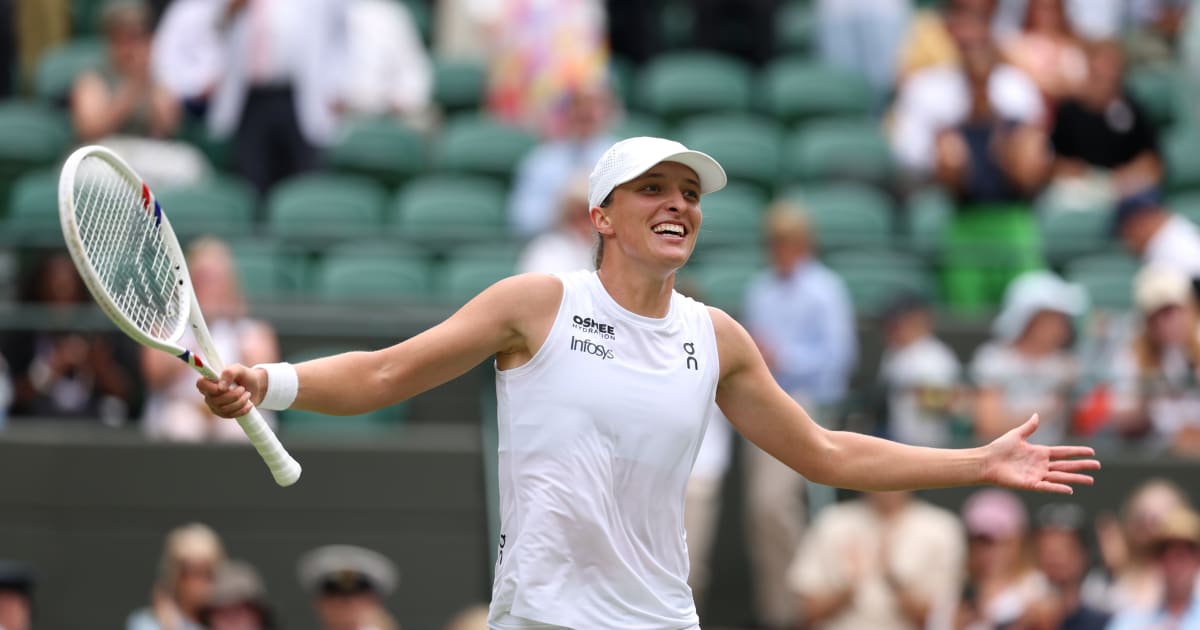
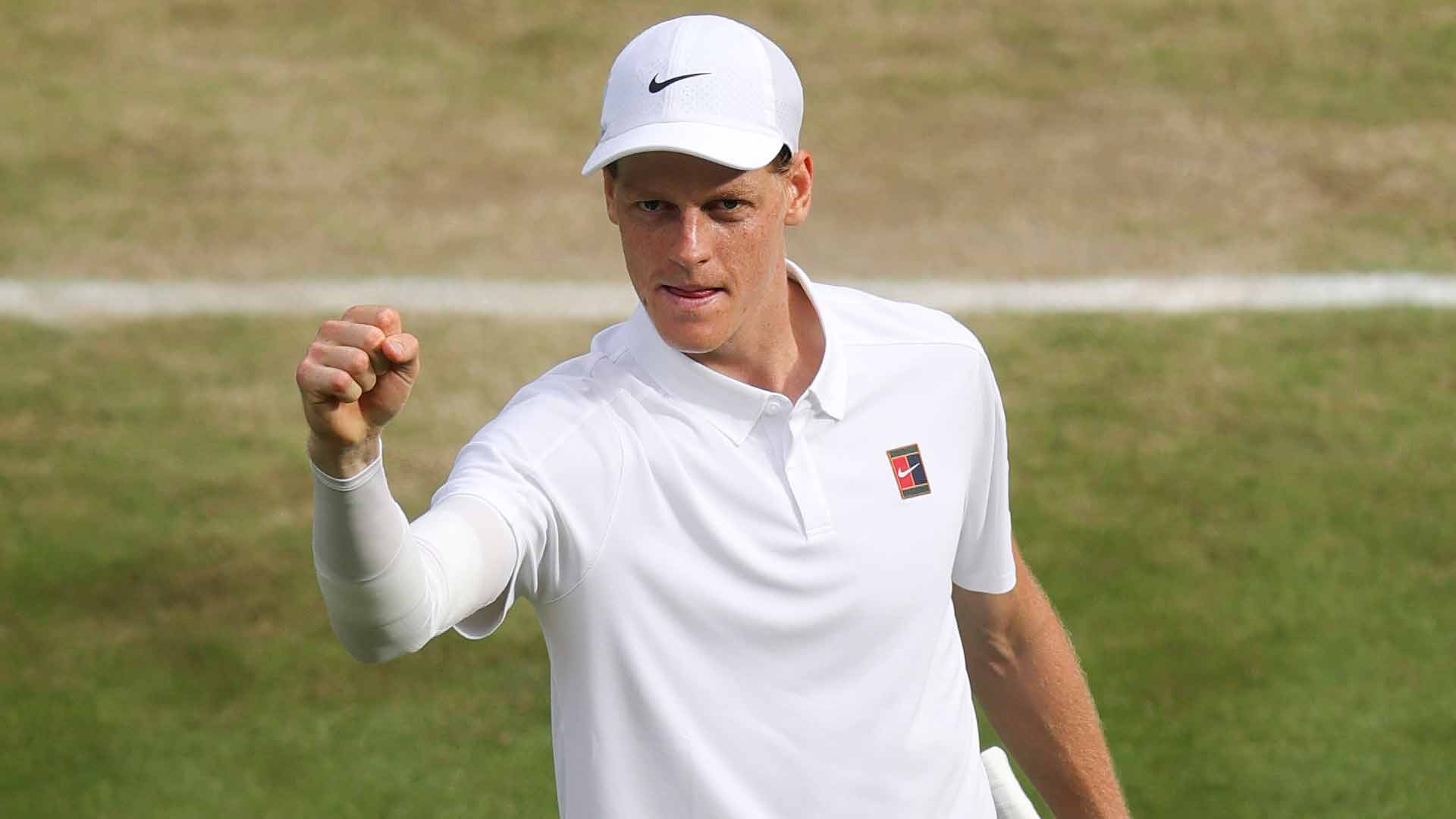
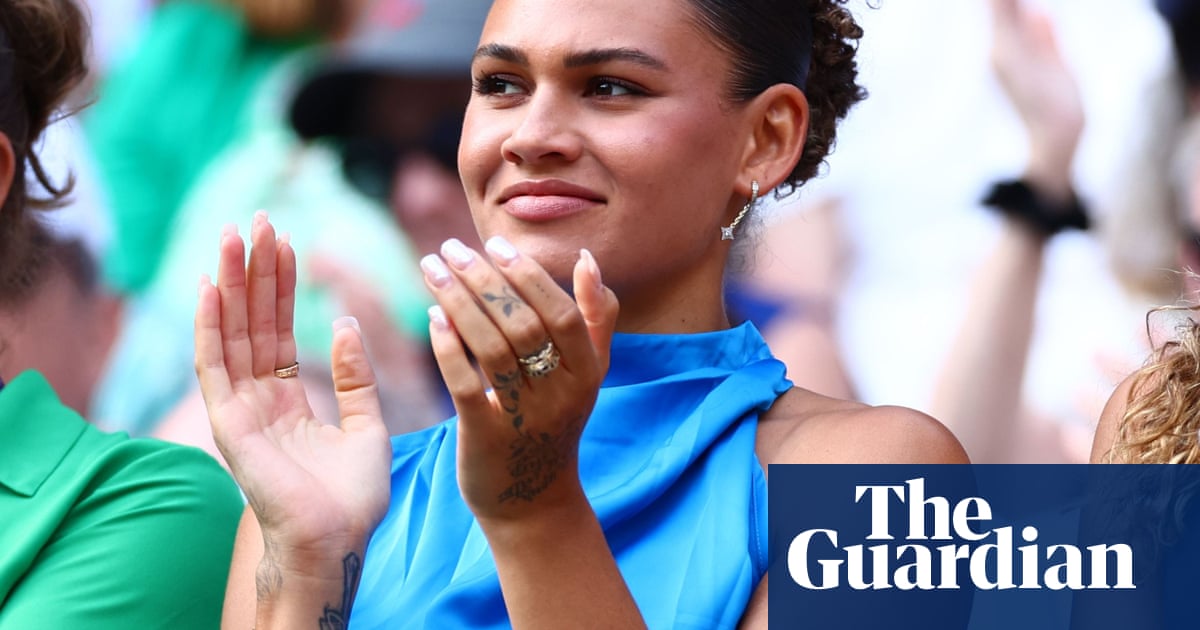




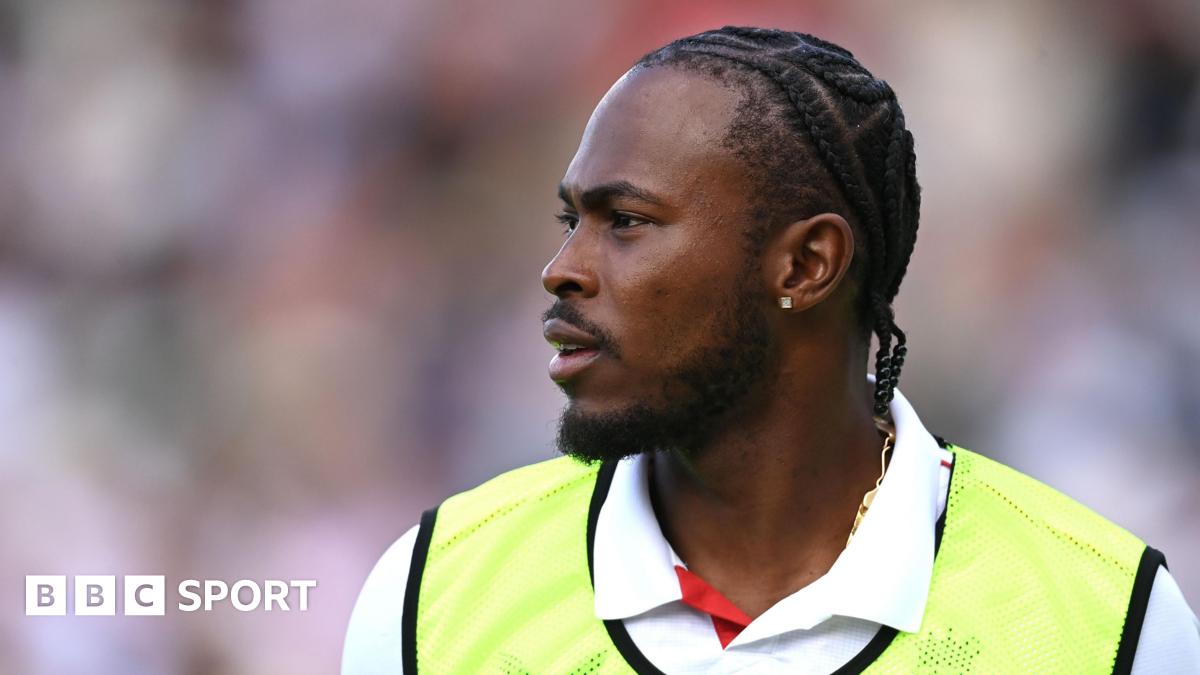

)
